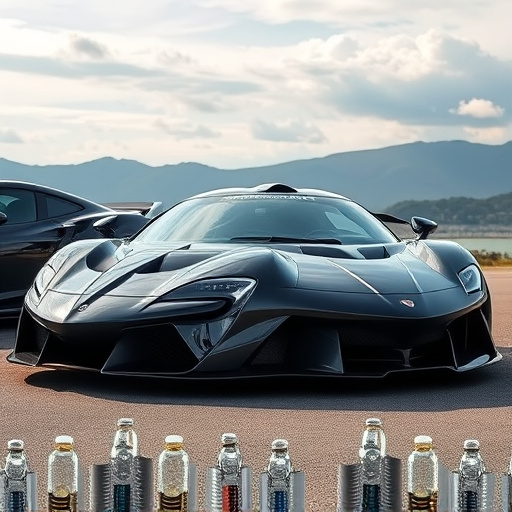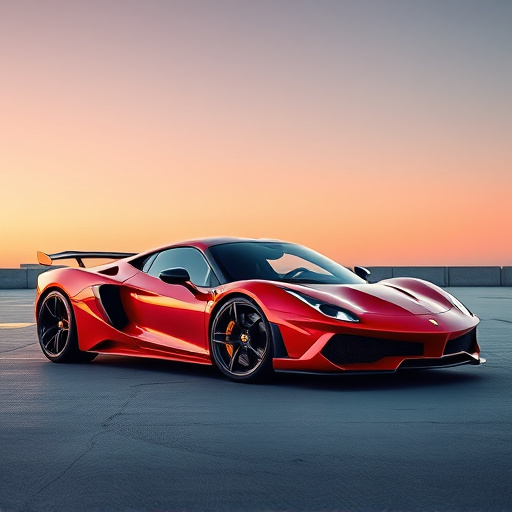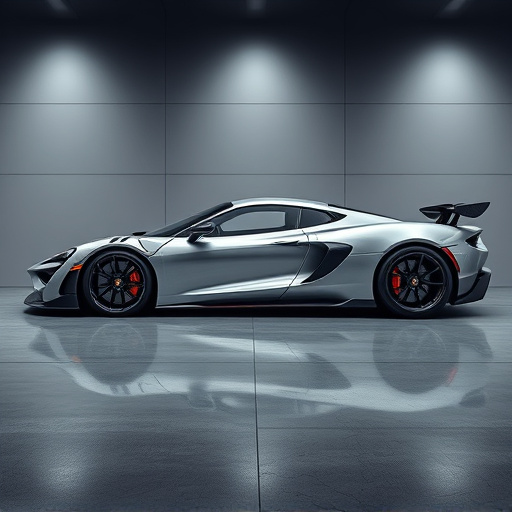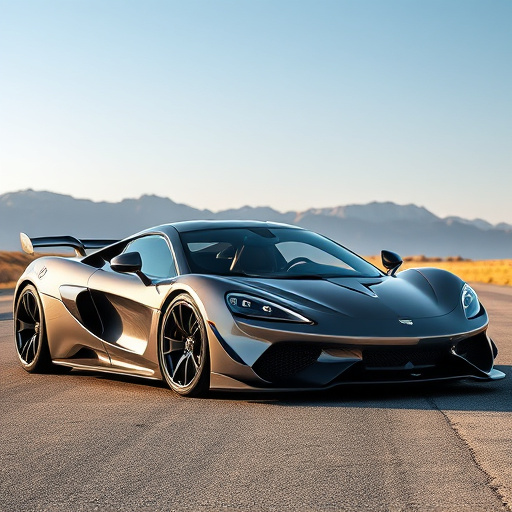Supercharger compatible intakes are essential components for forced-induction systems, boosting engine performance by optimizing airflow. These systems feature high-flow air filters, optimized velocity stacks, and tailored ducting to minimize restrictions, ensuring better engine breathing and responsiveness with significant power increases. They're particularly beneficial for turbocharged vehicles, enhancing turbo efficiency and throttle response. Advanced design features make them a popular choice among car enthusiasts seeking top engine performance. For optimal results in forced-induction setups, focus on seamless airflow, using high-flow filters and efficient velocity curves, and consider components designed specifically for supercharger applications with advanced engineering and cooling solutions to maintain ideal air temperature for enhanced combustion efficiency.
In today’s quest for maximum vehicle performance, superchargers have emerged as a powerful tool. However, optimizing their potential requires understanding the intricate relationship between supercharger compatible intakes and forced-induction. This article delves into these crucial components, exploring how they enhance engine performance and efficiency. We’ll dissect the benefits of forced-induction systems, provide insights on optimizing boost intake for maximum efficiency, and offer a comprehensive guide to unlocking your vehicle’s full potential through advanced technology.
- Understanding Supercharger Compatible Intakes
- The Role of Forced-Induction in Performance Enhancement
- Optimizing Boost Intake Systems for Maximum Efficiency
Understanding Supercharger Compatible Intakes

Supercharger compatible intakes are an essential component in forced-induction systems, designed to optimize airflow and enhance engine performance. These specialized air intake systems are crafted to seamlessly integrate with superchargers, allowing for a more efficient and powerful engine setup. By utilizing advanced engineering techniques, these intakes ensure that the supercharger’s capabilities are fully utilized, resulting in increased horsepower and torque output.
When considering supercharger compatible intakes, it’s crucial to understand their unique design and functionality. These intakes often feature high-flow air filters, optimized velocity stacks, and tailored ducting to minimize restrictions and maximize air delivery to the supercharger. This careful design promotes better engine breathing, enabling the forced-induction system to deliver a substantial power increase while maintaining responsiveness and drivability.
The Role of Forced-Induction in Performance Enhancement

In the quest for maximum boost intake systems, forced-induction plays a pivotal role in performance enhancement. Supercharger compatible intakes are designed to force more air into an engine, creating a richer mixture that results in increased power and torque. This is particularly beneficial in turbocharged vehicles where the turbocharger’s efficiency can be optimized by providing it with a steady stream of cool, dense air from a high-flow intake system.
Forced-induction systems, such as superchargers, compress incoming air to increase its density, allowing for more fuel to be burned in each cylinder. This process not only boosts horsepower but also improves throttle response and overall engine efficiency. When combined with advanced design features like intricate air flow paths and high-performance filters, forced-induction intakes can deliver a significant performance gain, making them a popular choice among car enthusiasts seeking top-tier engine performance.
Optimizing Boost Intake Systems for Maximum Efficiency

Optimizing boost intake systems for maximum efficiency involves a careful balance of factors unique to forced-induction setups, such as supercharger compatible intakes. The key lies in ensuring seamless airflow and minimal restrictions at every stage from the air filter to the engine. High-flow air filters designed for superchargers or turbos can significantly increase airflow, providing a solid foundation for optimal performance. Additionally, using intakes engineered with efficient velocity curves and smooth transitions between sections helps prevent turbulence, enabling the forced-induction system to deliver cool, dense air consistently.
For maximum efficiency, consider components that are specifically designed for supercharger applications. These parts often incorporate advanced engineering and materials to withstand higher pressure differentials while maintaining airflow integrity. Furthermore, proper cooling of the intake charge is crucial; specialized heat exchangers or cold-air intakes positioned away from hot exhaust streams can help maintain optimal air temperature, enhancing combustion efficiency and overall engine performance.
In conclusion, understanding the interplay between supercharger compatible intakes and forced-induction techniques is key to unlocking maximum vehicle performance. By optimizing boost intake systems, enthusiasts can achieve improved efficiency and powerful results. This article has illuminated the significance of these components in enhancing engine performance, offering a comprehensive guide for those seeking to elevate their driving experience.














